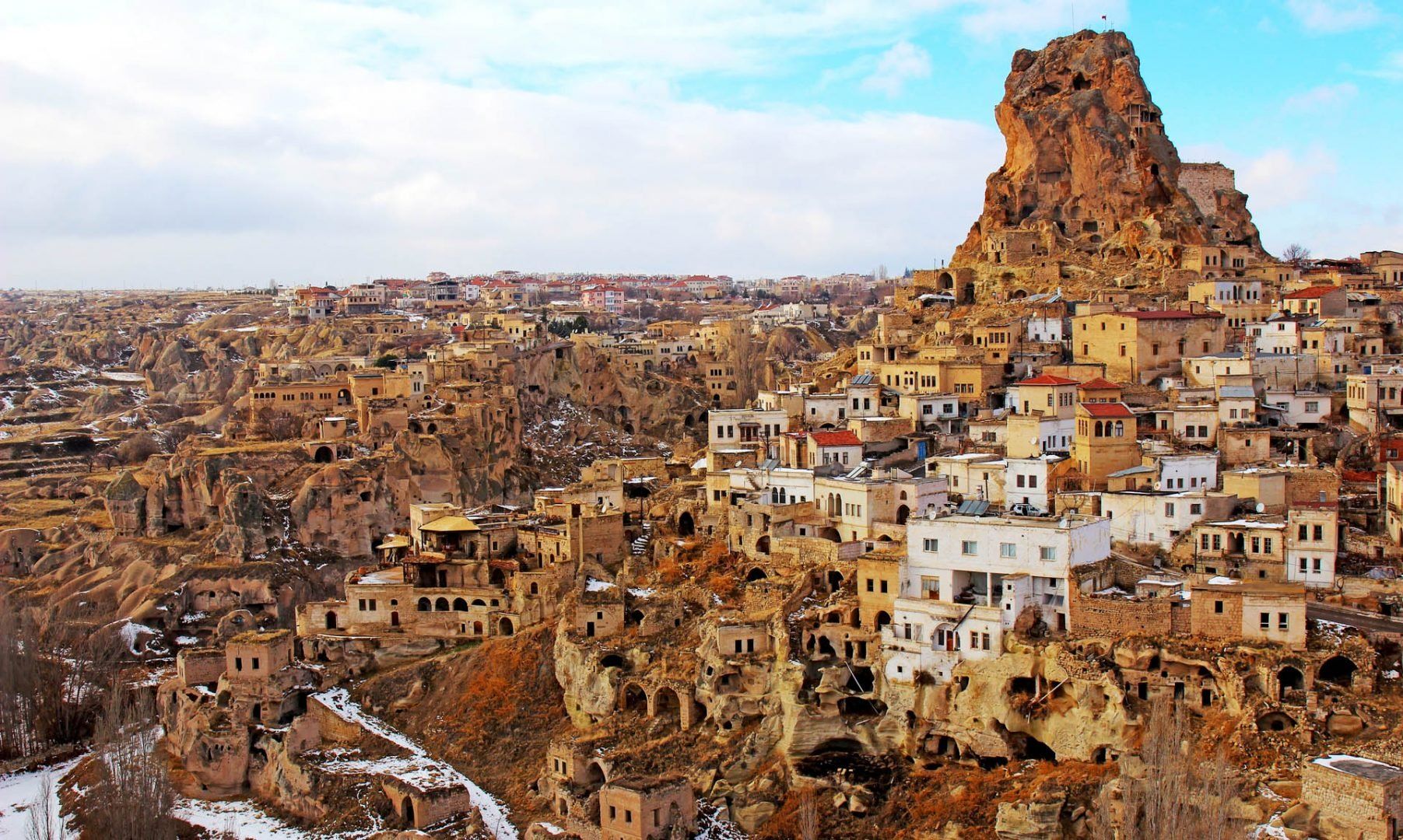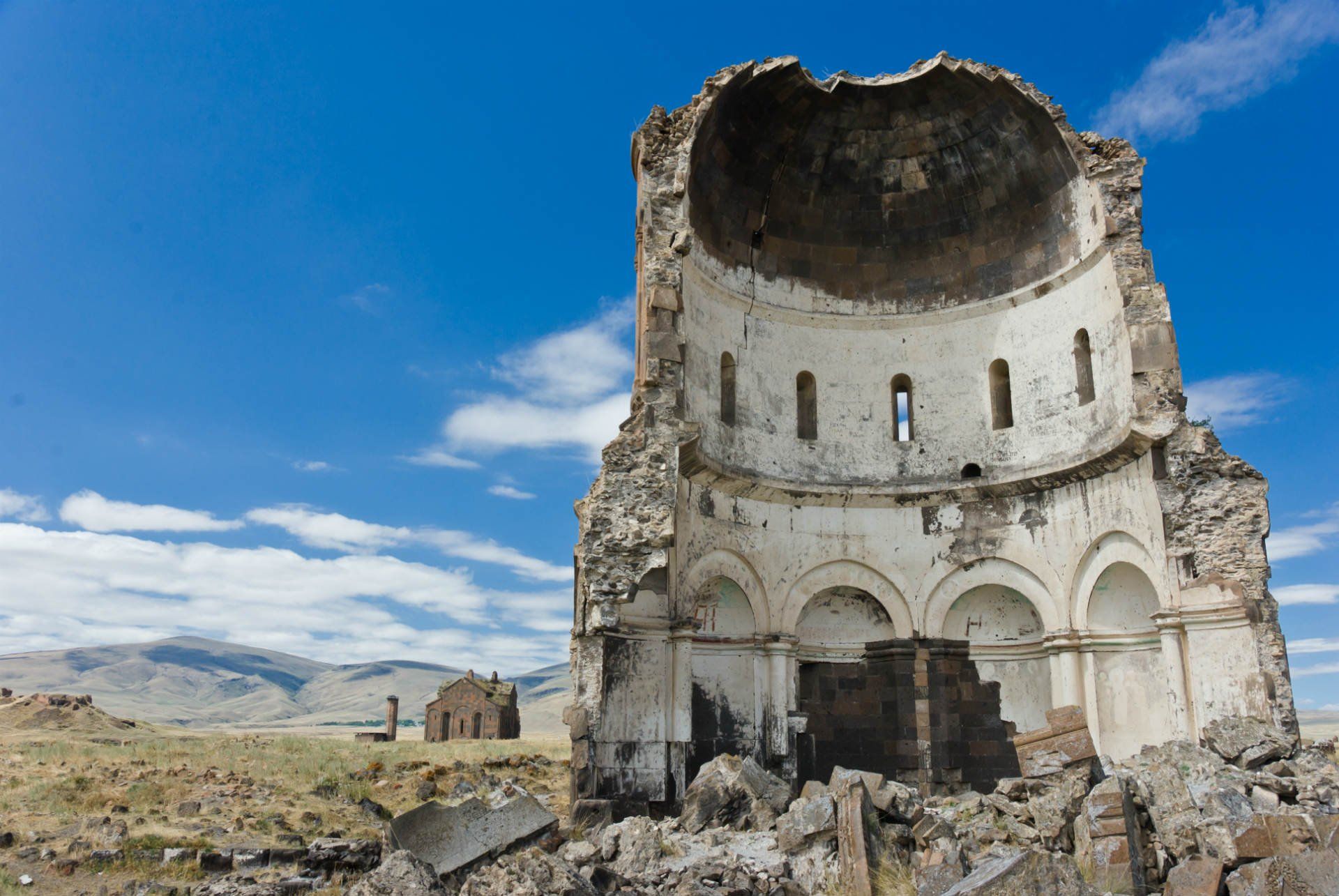Planning a trip with kids
Turkey is a welcoming place for families. In Istanbul, Miniaturk has a miniature version of Turkey’s landmarks, while the Grand Bazaar can be an exciting scavenger hunt. Along the Mediterranean coast, beach resorts often have kids’ clubs and shallow waters.
Breaking up sightseeing with activities like a boat trip on the Bosphorus, watching whirling dervishes, or joining a family-friendly cooking class can keep kids engaged. Many hotels have family rooms or connecting options, and Turkish food tends to have plenty of dishes that are familiar and easy for kids to enjoy.
Planning a luxury trip
Turkey has no shortage of upscale experiences, whether it’s staying in a cave suite in Cappadocia or taking a private yacht trip along the coast. In Istanbul, some hotels are set in restored Ottoman palaces, with scenic views and standout service.
Private guides can arrange after-hours tours of landmarks like Hagia Sophia, while historic hammams provide spa treatments in traditional marble bathhouses. Along the coast, boutique resorts have private beaches and personalized experiences. You could take a private hot air balloon ride over Cappadocia, charter a gulet for a coastal cruise, or book a cooking class with a local chef. For those interested in shopping, private viewings at carpet galleries or custom pieces from Turkish designers can also be arranged.
Planning a trip with experts
Overwhelmed by all the details? You're not alone. Researching and planning takes time, but with our tailor-made-trips, you can enjoy a journey designed just for you by a local expert who knows the area inside and out. Plus, you’ll have 24/7 support throughout your trip.
Remember to slow down
It’s easy to feel like you need to rush through the must-see spots, but some of the best experiences come from slowing down and savoring the quiet moments. Now that you’re all set, let go of the need to check off every box and focus on truly enjoying your time—that's the real magic. For more inspiration, check out our trip ideas gallery.















